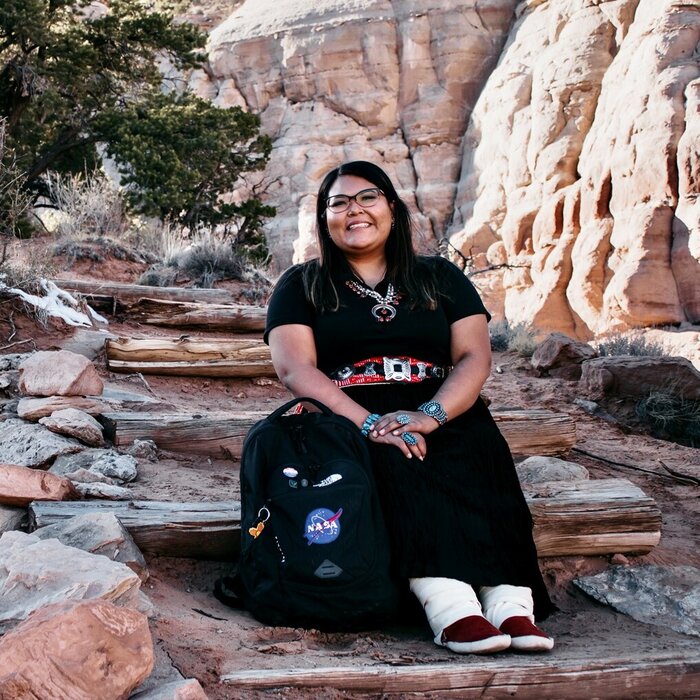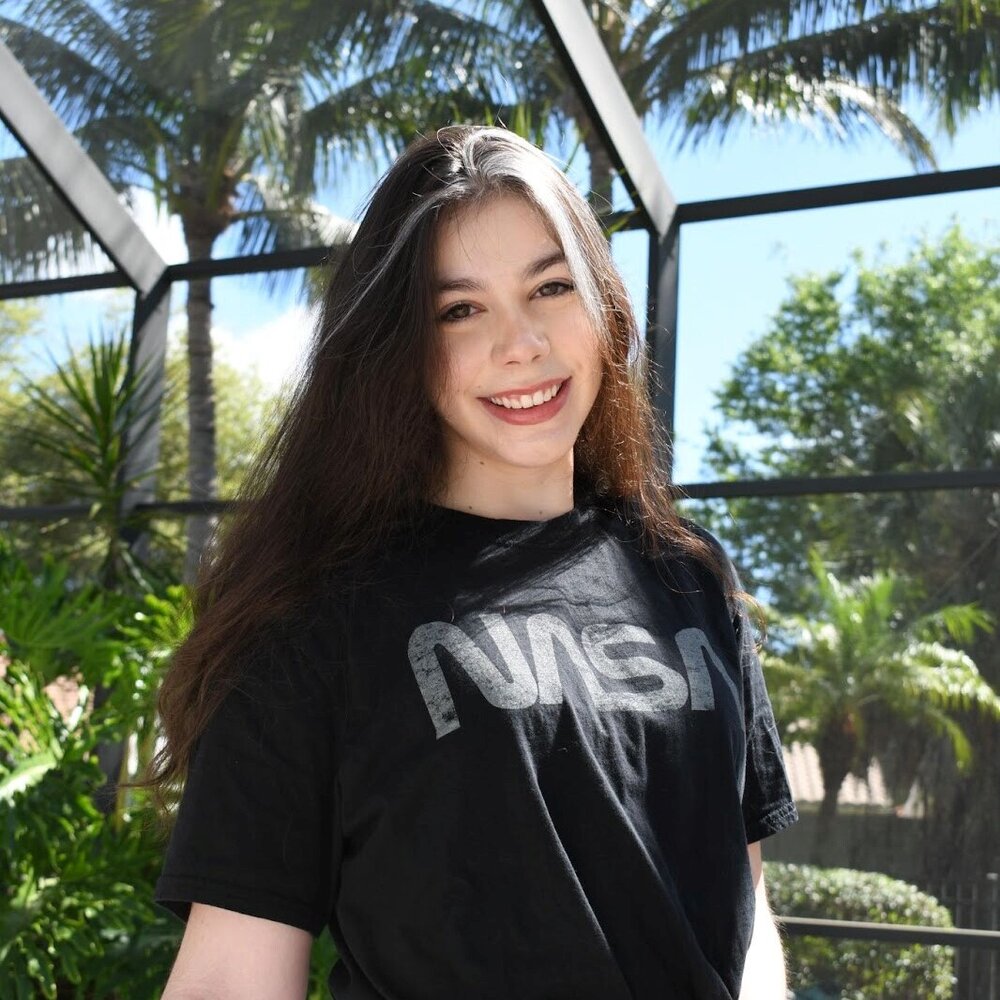
Trying out something can lead to a new passion. Rama Diop was encouraged by her chemistry teacher during her junior year of high school to apply for a welding engineering internship at Ohio State University. At the time, Diop wasn’t sure what welding engineering entailed, but she decided to apply anyway. During her internship, Diop did hands-on work including sample preparation, quantitative and qualitative analysis, and developed etching procedures. The internship she was once unfamiliar with led to her majoring in welding engineering at Ohio State University.
Welding Engineering Experiences
Diop went on to be involved with several research projects with applications to nuclear, biomedical, and automotive industries. In one project, she examined the correlation between fracture toughness and impact toughness of several grades of steel. She’s also studied the reduction of solidification cracking in aluminum alloys. Recently, she worked on a joint program with the biomedical engineering department to mimic aspects of the bone remodeling process.
Currently, Diop is an intern in the Metal Processes and Manufacturing Branch at the Marshall Space Flight Center supporting the Laser Welding in Space project. Welding in space allows for repairing, manufacturing, and assembling parts. Diop’s project aims to revisit and further the exploration of technologies in space, as an in-space welding experiment has not been conducted since 1973 on Skylab, the first United States space station.
“It means a lot to have been able to come here and participate in this internship. I have always wanted to come here and participate in this internship, so when the opportunity presented itself, I was ecstatic. I have been able to network with a lot of people and learn more about NASA’s mission,” Diop said.
Internship Takeaways
Diop says an internship with NASA is a great way to see what her role could look like in the welding engineering industry, and she is excited to apply the skills she’s gained in her previous research projects. This session, Diop hopes to explore different applications of welding, experience research on a larger scale, expand her coding ability, and branch into more computational modeling.
“I’m disappointed that my time here is coming to an end, but I have thoroughly enjoyed working here and am happy knowing that the work I have done will be used to help further the aims of this project,” Diop said.
If you’re looking to gain hands-on experience and valuable mentorship, check out our website for opportunities. Or continue reading inspiring stories such as Alex Suh, an intern researching the effects of spaceflight on the human body.
Carolina Rodriguez, STEM Engagement Communications Intern
Claire O’Shea, STEM Engagement Communications Intern, Editor
NASA Johnson Space Center





